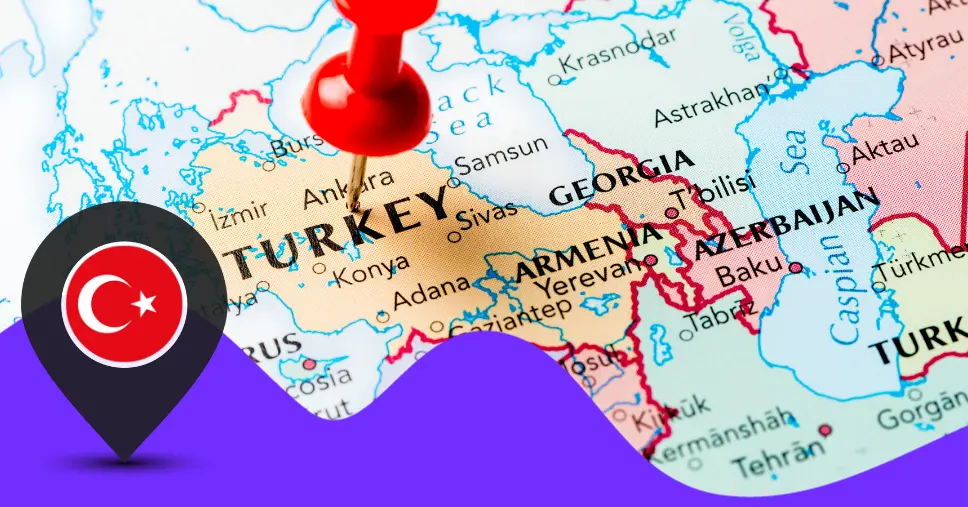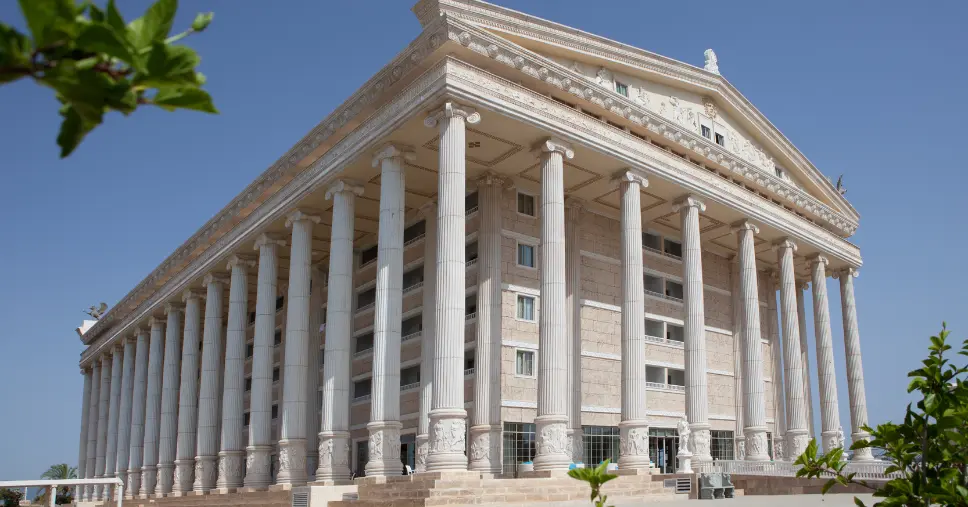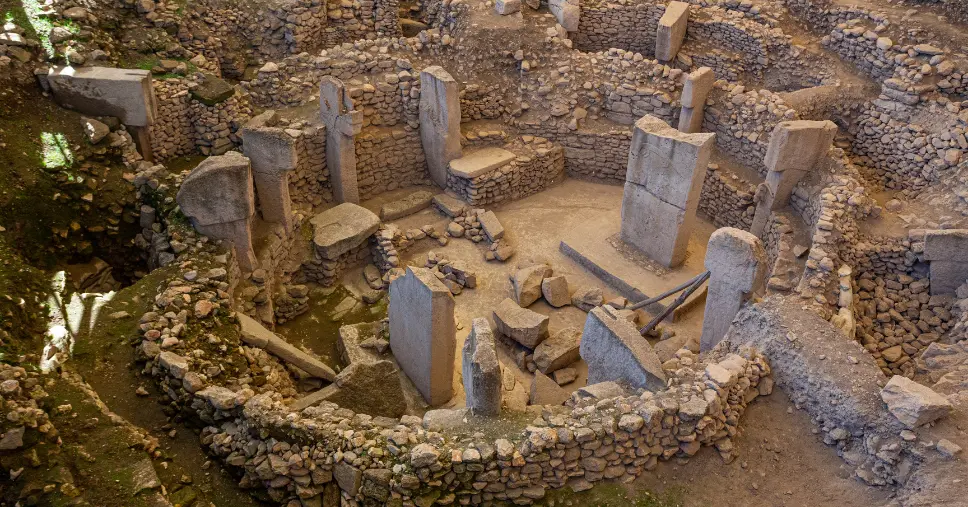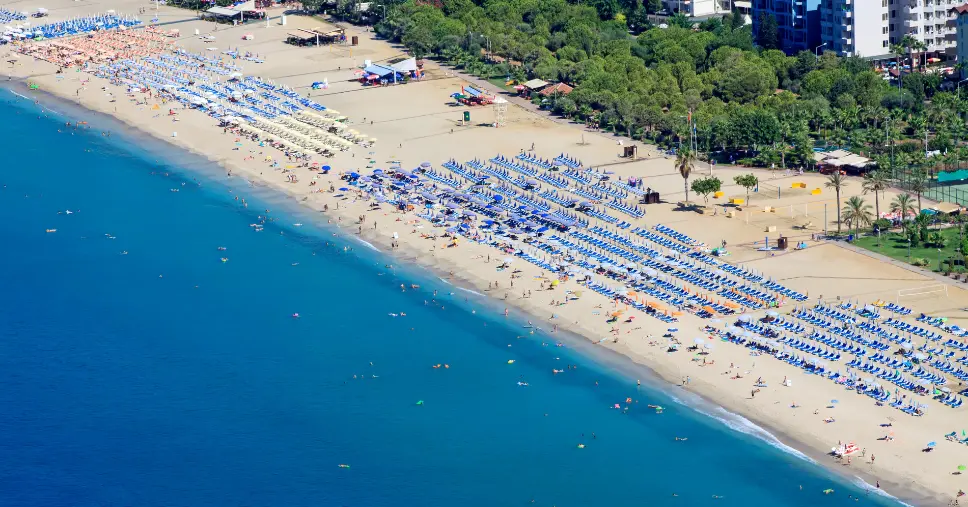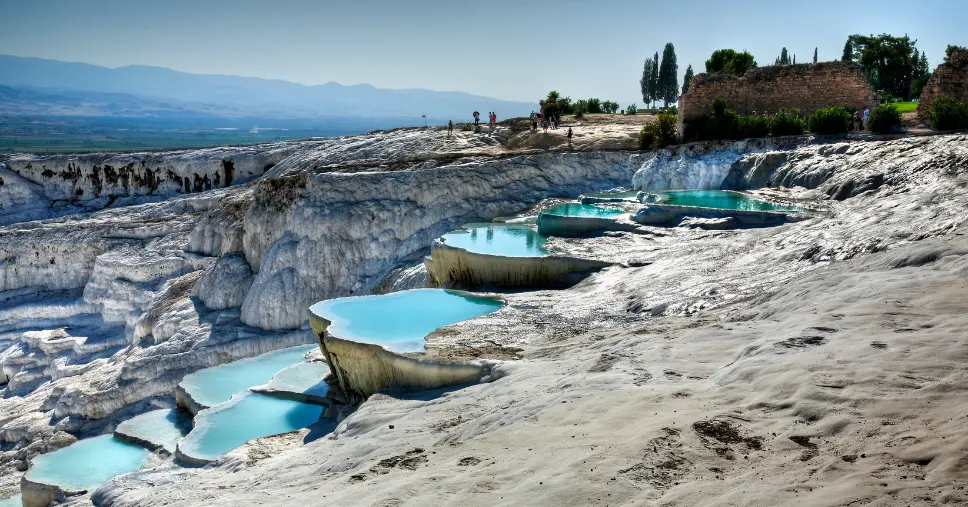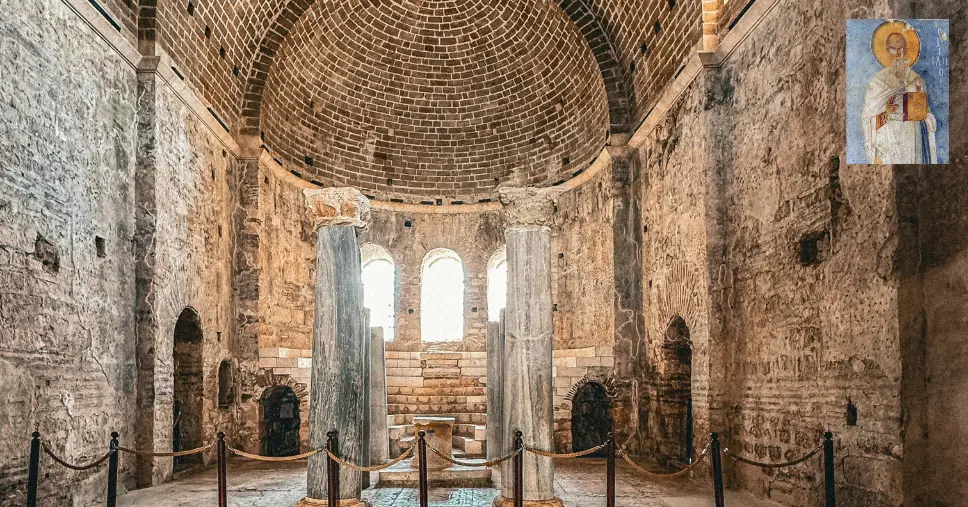Turkey is one of those places that feels like a storybook come to life. With its rich blend of culture, deep-rooted history, and jaw-dropping landscapes, it’s no wonder travelers keep coming back for more. If you’re the kind of person who loves fun travel trivia, these Turkey interesting facts will give you a taste of just how unique this country really is. Whether you’re wandering through ancient ruins, lounging on picture-perfect beaches, or getting lost in the bustling charm of Istanbul’s markets, there’s always something new to discover.
Sitting between Europe and Asia, Turkey brings together a fascinating blend of cultures and traditions. Its cities are rich with history, while the countryside and coastline offer some of the most beautiful views you’ll find anywhere. Whether you’re into history, nature, or just discovering new places, Turkey has something for everyone. Let’s dive into 10 interesting facts about Turkey that will make your trip even more exciting and unforgettable!
